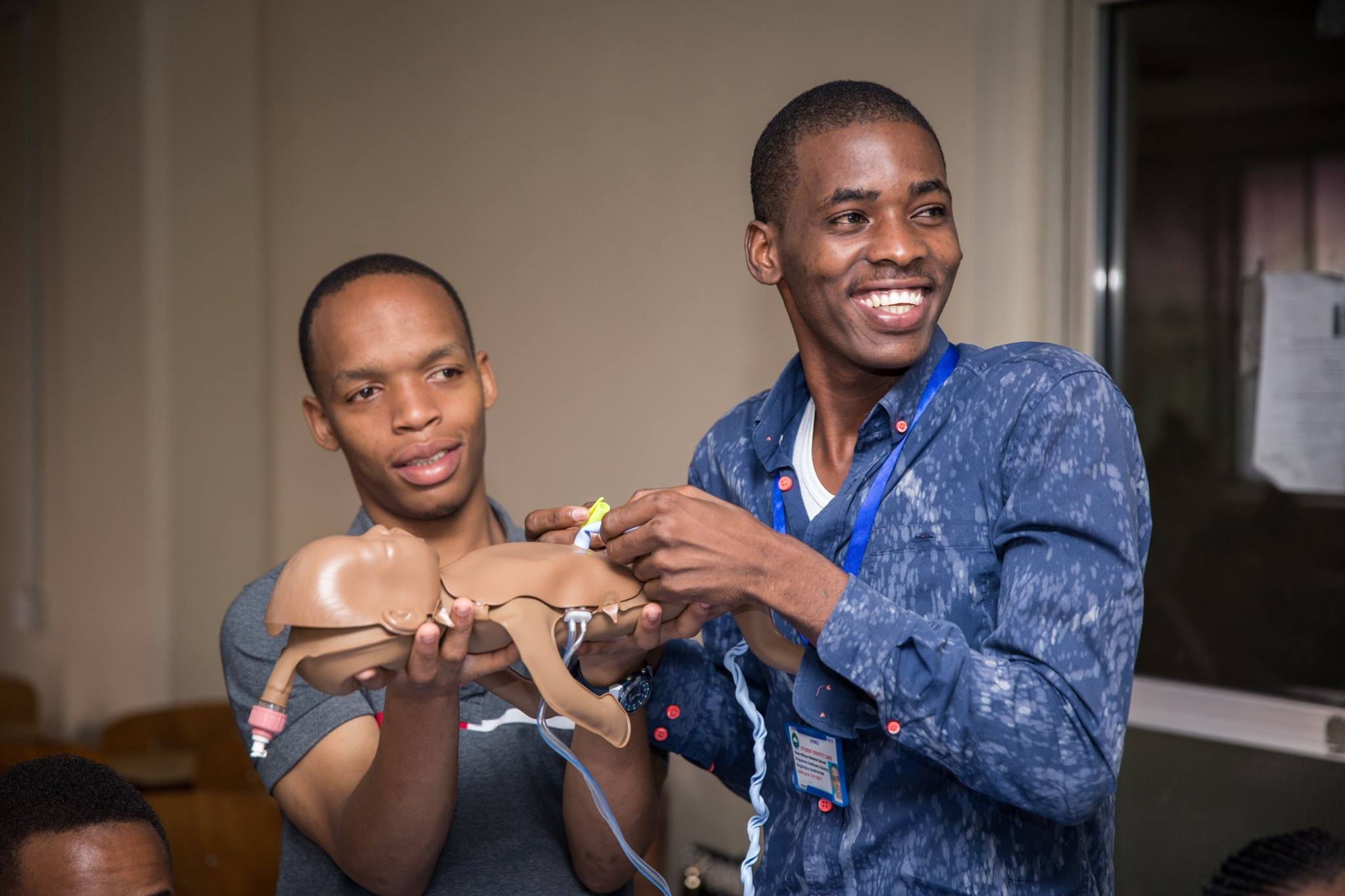The world is nowhere near achieving universal health coverage by 2030, a new index by Save the Children shows.
The Universal Health Coverage and Accountability Index looks at 81 countries that account for 90 percent of child deaths and 95 percent of maternal deaths in the world. It presents where these countries land on 12 key indicators for driving progress toward universal health coverage, according to most recent available data. These include measures of primary health care, paying for universal health care and accountability.
Through Sustainable Development Goal 3, the governments of the world committed to “achieve universal health coverage, including financial risk protection, access to quality essential health-care services and access to safe, effective, quality and affordable essential medicines and vaccines for all” by 2030. Yet, Save the Children notes that at least half the world’s population still does not have access just to essential services.
The index shows that out of the 56 countries for which Save the Children has data on primary health care coverage, 34 countries are providing less than half of their population with access to essential health services. On this front, North Korea has the highest coverage with 80 percent, while Chad has the lowest with 29 percent.
Chad also has the second highest under-five child mortality rate on the index (123 deaths per 1,000 live births in 2017), surpassed only by Somalia (127 per 1,000 live births). The global target is 25 deaths per 1,000 live births by 2030, and actually, 117 countries have already met that goal. The World Health Organization (WHO) has also celebrated the fact that since 1990, the under-five mortality rate has decreased by 58 percent.
Still, in 2017, 5.4 million children under age five died. And taking inequality into account, Save the Children projects that at least 51 countries will miss the global target for at least one disadvantaged group.
The index also highlights that without sufficient government funding for health care, more and more people are being pushed into poverty by having to pay too much out-of-pocket for healthcare expenses. According to the WHO, households that have to spend more than 10 percent of their income on health are pushed into poverty; if out-of-pocket payments consume more than 20 percent of a household’s income, it becomes “catastrophic.”
In 26 countries on the index, more than half of the total health expenditure in the country was out-of-pocket spending in 2015. It’s unsurprising that Yemen had the percentage of out-of-pocket spending, given the protracted war that has annihilated the country’s public sector. Save the Children projects that in 2030, 1.2 billion people will spend at least 10 percent of their household budget on health care, and 282 million will spend 25 percent.
Instead, governments should increase their public spending on health care to at least 5 percent of GDP – something only five countries on the index have done. Per capita, the Central African Republic actually spends the least on health – a mere $4 per person. The global goal is a minimum of $86 per capita, which 35 countries on the index have met. North Korea is a standout on this indicator again, reportedly spending $1,442 per capita on health. Generally, according to the index, higher government expenditures on health correlate with lower child mortality rates.


But spending and coverage are not the only important indicators the index identifies of whether we can achieve universal health coverage by 2030. Accountability is also critical to ensure that governments are delivering on their commitments and that there is room for civil society to also drive progress more efficiently and effectively. According to Save the Children, countries with higher mortality rates are often countries with less civic space. And by 2017, only seven countries on the index out of 76 with available data had passed legislation on universal health coverage.
On September 23, the UN will hold its first ever High-Level Meeting on Universal Health coverage. Save the Children is hoping the data presented in the index will light a fire under the global community of governments, donors, civil society and intergovernmental organizations to make the meeting a “truly transformational moment.” Because though it seems daunting, achieving universal health coverage by 2030 is possible – just not at the current pace.
